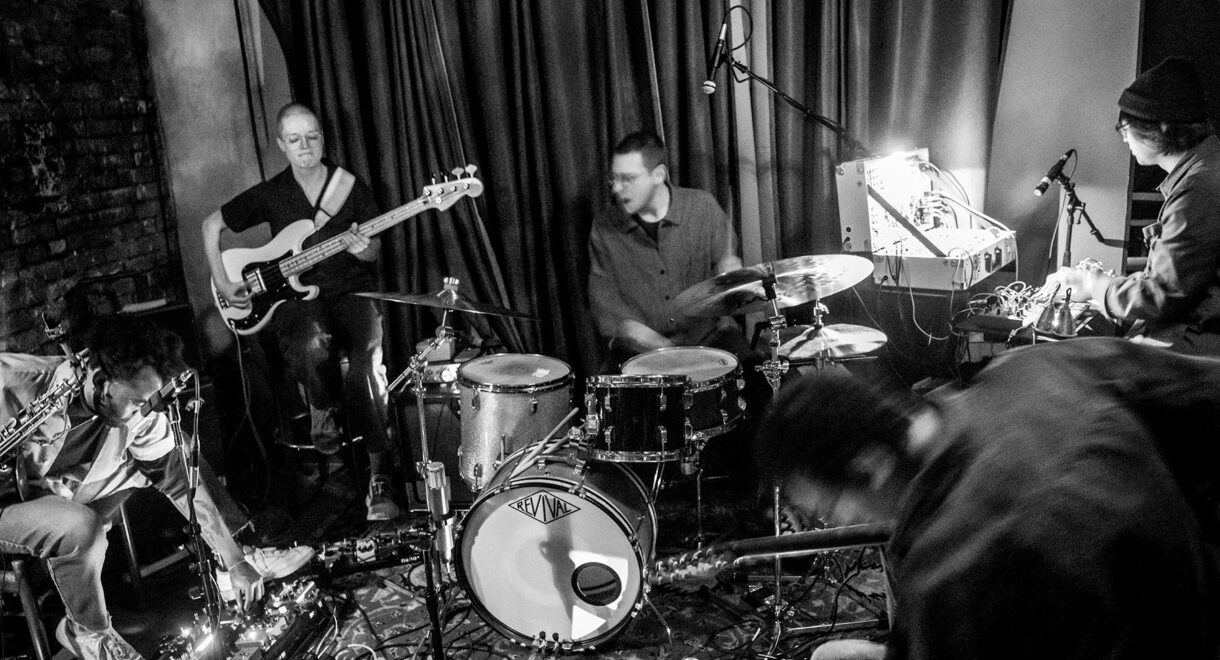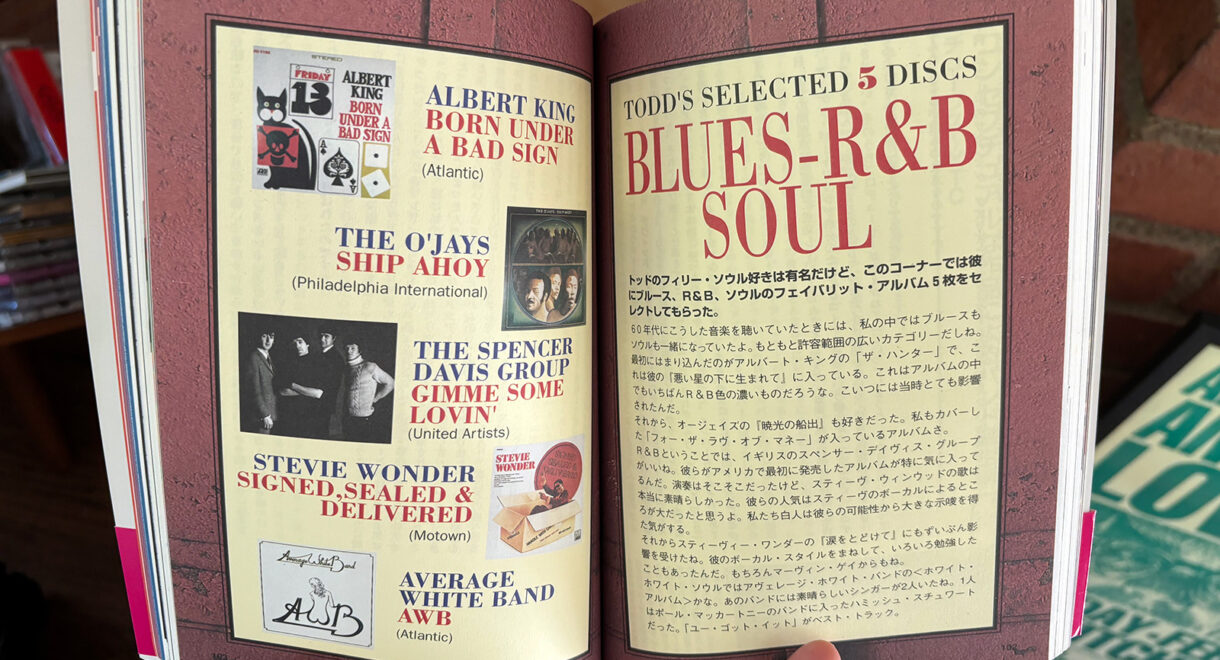“Dubwise but not exactly dub, rich in ambience but not exactly ambient music.” With three of the classic Sade albums (Promise, Diamond Life, Stronger Than Pride) recently repressed […]
Oh Dear, What Can the Matter Be: The Sounds of Jazz-Soul Legend Terry Callier
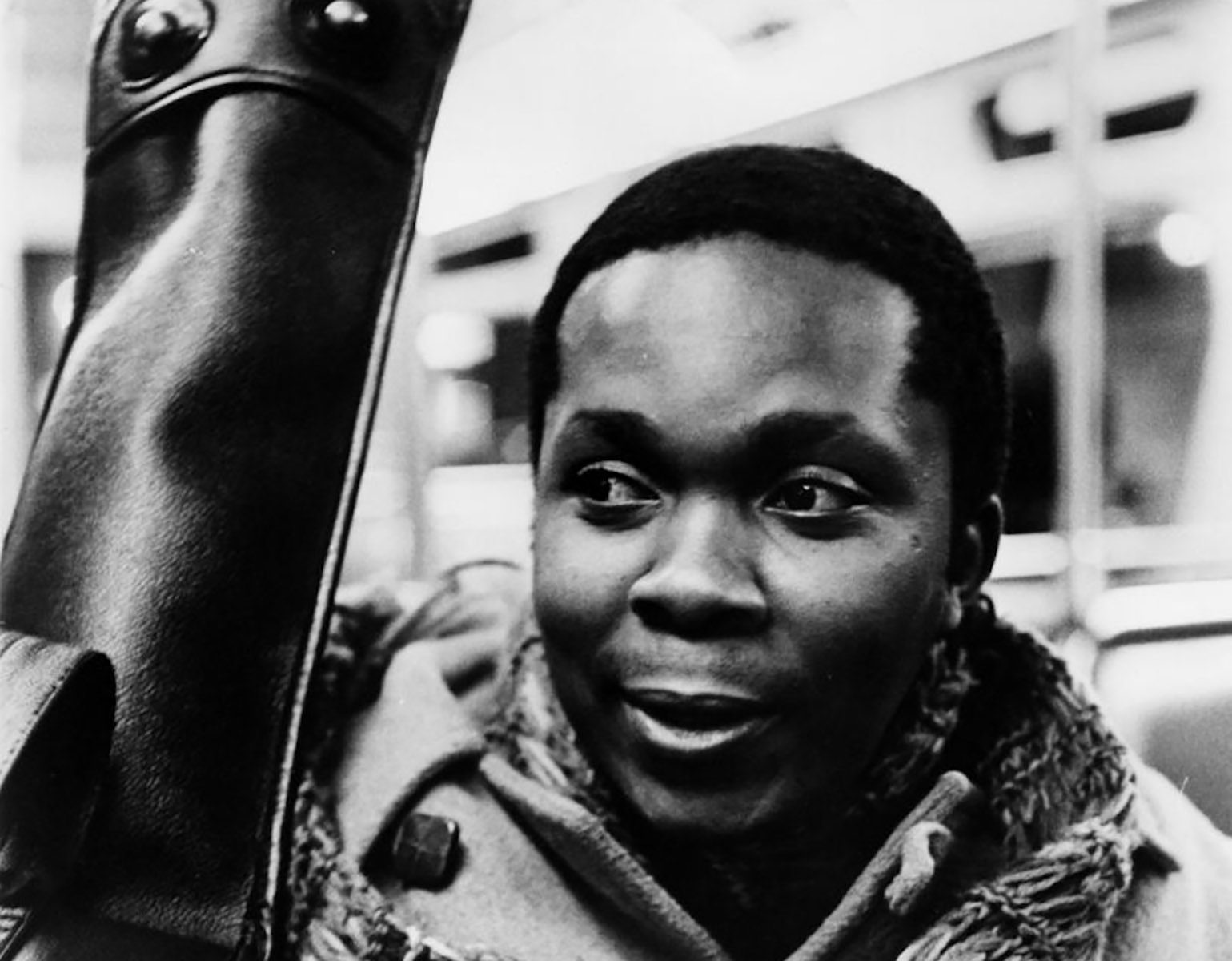
A look into the genius singer-songwriter who explored northern soul, “new folk sounds” and jazz, while always flying just below the radar.
Terry Callier seemed destined to play a significant role in the 1970s soul scene. Growing up in Chicago’s north side, he was childhood friends with Curtis Mayfield, Major Lance and Jerry Butler, singing in doo-wop groups through his late teens. He penned tracks for Minnie Riperton in her Rotary Connection days and a few for the extremely popular vocal group the Dells.
Instead of jumping straight into the vast sea of soul music, though, his debut album was a folk record — albeit one with strange time signatures, the odd use of two basses and informed by the music of John Coltrane. He would later expand this “new folk” style into psychedelic sounds, rhythm and blues, Northern soul and powerful politically inspired vocal jazz.
Below, we present a retrospective on a singular artist with multiple identities, Terry Callier.
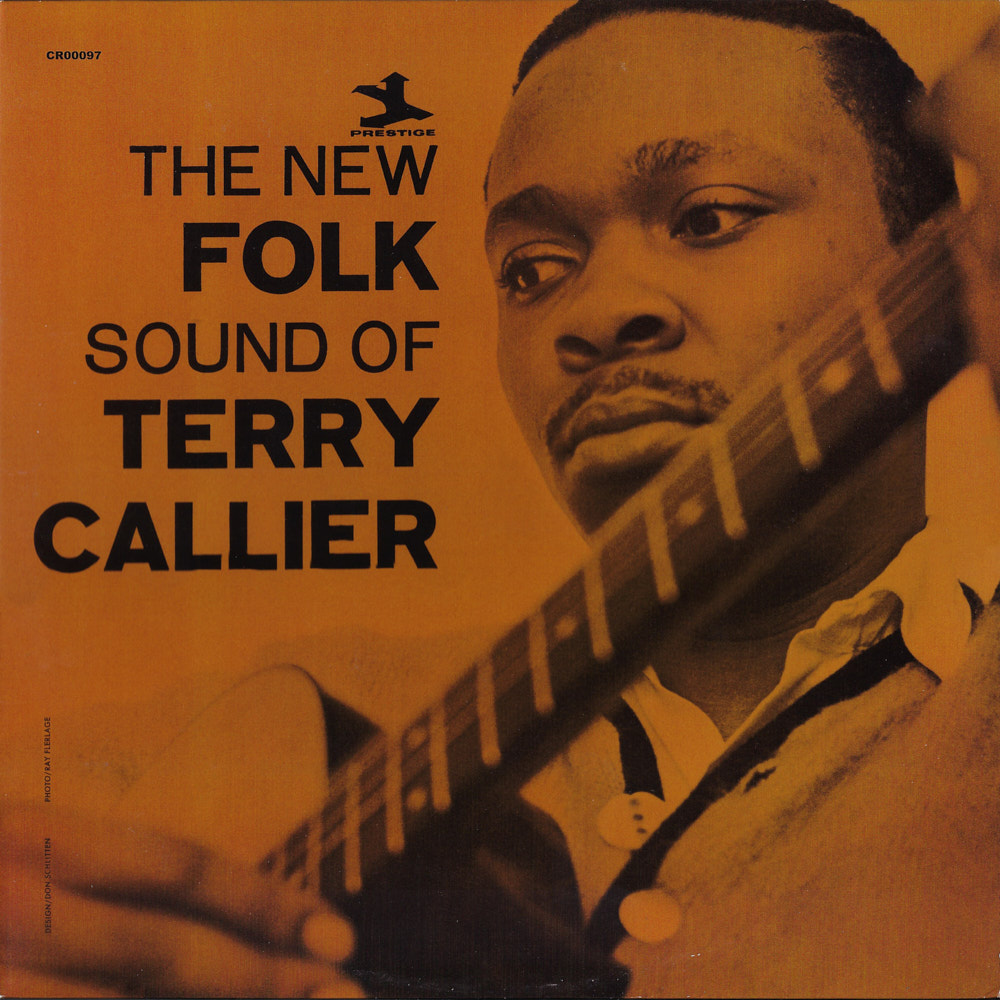
The New Folk Sound of Terry Callier (1965)
After gigging in Chicago coffee houses, and even a few shows as a duo with David Crosby, Terry caught Samuel Charters’ attention. Charters, the music historian and multi-label record producer who also discovered a like-minded Joseph Spence in the Bahamas while researching for Folkways, courted Callier to make his debut for Prestige. After these 1962 sessions, however, Charters mysteriously took the tapes and ran off to Mexico.
The album didn’t see a proper release until three years later, and Callier himself didn’t even know of its release until his brother saw it for sale in a bookstore. A strange series of events, yes, but had it been released in 1962 he most likely would’ve been grouped alongside the folk-revival movement’s greats. The album is full of those traditional lonely folklore tales — but coupled with the abstract Coltrane stylings. Hence the use of double bass, the subtle Eastern tempos and phrasing, and of course, Callier’s deeply haunting voice.
:format(jpeg):mode_rgb():quality(90)/discogs-images/R-748414-1536182691-1977.jpeg.jpg)
Occasional Rain (1972)
Having spent most of the late ‘60s writing records for Chess and its subsidiary label Cadet, Callier finally wrote a hit, the Dells’ “The Love We Had Stays On My Mind.” The hit earned him a solo recording contract. He paired up with Charles Stepney, who would produce these next three critically acclaimed yet commercially unsuccessful records. The first, 1972’s Occasional Rain, was his entry into soul music, except added in was his earlier folk sound. The result is a transcendent listen with psychedelic sounds (see the title track), epic orchestration and somber jazz ballads guided by heartache and poetic social awareness.
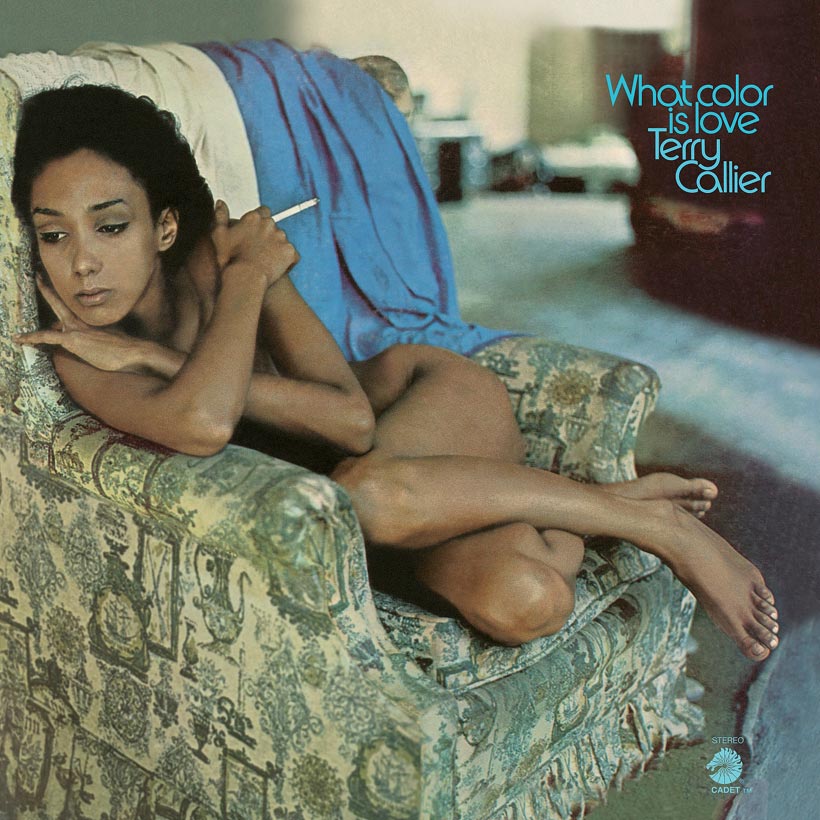
What Color is Love (1972)
Callier followed up Rain with What Color is Love. It was supposed to be his magnum opus. Initially, he intended it to be a double album but as he was turning it in, Chess Records was sold to the more mainstream-oriented GRP. The new label heads forced Terry to shelve most of the record; only seven tracks survived the cutting room floor. However, those seven proved to be a kaleidoscope of orchestral and psychedelic beauty. Evocative and epic, it summons the spirits of Nina Simone, his childhood friend Curtis Mayfield and, weirdly, the surrealist cowboy production of Lee Hazlewood. The whole of it is one monumental highlight but forced to pick one; we highly recommend you listen to the gorgeous title track.

I Just Can’t Help Myself (1973)
The final installment in the Stepney partnership was 1973’s I Just Can’t Help Myself. Considering that the previous two records were commercial flops, Terry seemed to rely on sounds of contemporary radio of the time, like his take on Motown soul-funk a la Marvin Gaye. It also features a cover of Duke Ellington’s jazz standard “Satin Doll.”
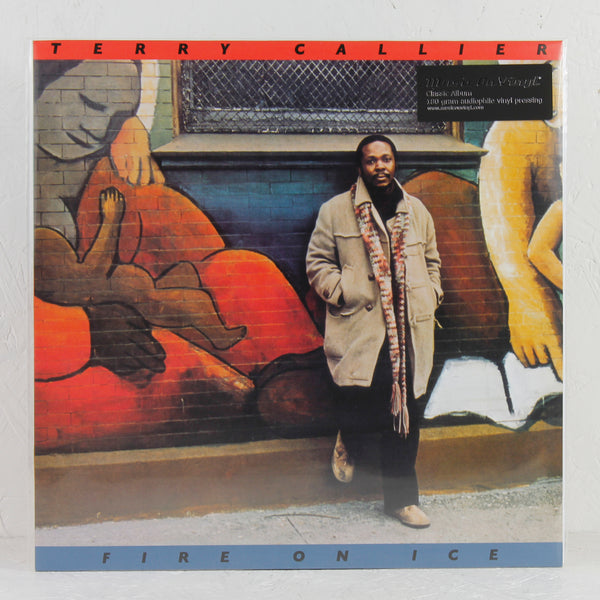
Fire On Ice (1978)
After a series of lay-offs and label trades, Callier released his first record for Elektra five years later. The time seemed to change him musically as well; still in the Chicago soul arena, here he takes his first stab at disco with “Disco in the Sky” and R&B in “Love Two Love.” This album may be a misstep, but some highlights include the Gil-Scott-Heron-esque “African Violet” and his tribute to Martin Luther King, Jr., “Martin St. Martin.”
:format(jpeg):mode_rgb():quality(90)/discogs-images/R-2453132-1284896263.jpeg.jpg)
Turn You To Love (1979)
Callier returned with s slick and polished funk record produced by one of the Mizell brothers. His first without Chicago-based Musicians, the album includes the funk opener “Sign of the Times,” dressed up reworks of “Occasional Rain” and “Ordinary Joe” and, interestingly, a cover of Steely Dan’s “Do It Again.”

Timepiece (1992)
“A Major Rediscovery, Jazz-Soul-Legend Terry Callier Returns with New Music for New Times,” reads the CD cover of 1992’s Timepiece. Terry released plenty of noteworthy albums before and after Timepiece, but this is one later period Terry record that sticks out. A return to form and a standout from a “Jazz Soul Legend.”





